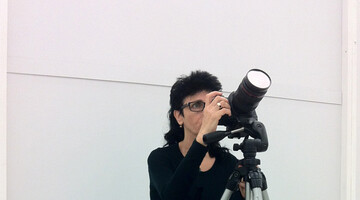
Artist-in-Residence Orit Ishay (ISR) recommended by EIKON
Artist-in-Residence Orit Ishay is currently working on a number of new projects, as she explains to EIKON's Nela Eggenberger.
The Israeli artist Orit Ishay (b. 1961 in Tel Aviv-Jaffa) is currently living and working as an Artist-in-Residence at Vienna’s MuseumsQuartier/quartier21. In addition to collaborating with the magazine EIKON, which recommended her for the stay, she’s currently working on a number of new projects, as she explains to Nela Eggenberger.
Nela Eggenberger (EIKON): First of all, please describe the main focus of your work in a few sentences.
Orit Ishay: Well, I can say that my main focus lies on the interrelations between man and space and on possible methods of representation. Usually I strive to raise political, social and psychological questions for discussion by dealing with issues concerning time and space. I believe that the history of a place, that the memories and remains of what once was, are all embodied in these interrelations. Signified by traces of mankind which are left on its environment and mostly expressed through the historical, political or architectural senses, they altogether form a natural site of action. There I seek to explore the concepts of identity and memory in respect to space and traces of time.
Generally, my strategy is to capture reality, even a reality which holds a sense of terror, conflict or insecurity in an elusive, seductive and aesthetic manner, be it using photography, video or neon light installations. I like to make people think about what they are looking at.
Why did you apply to be an Artist-in-Residence in Vienna?
I first visited Vienna and its exciting art scene in 2010, when I was invited to participate in an exhibition. I enjoyed the days I spent in Vienna during the preceding preparations. Experiencing the Viennese atmosphere, which is so different from where I live, was surprising: calm, without any stress.
I came across a huge number of intriguing sites, including museums and galleries as well as residential neighbourhoods in the city. The history of the place and its influence on architecture fascinated me.
Construction starts on the outskirts, and its social context fascinated me; the classical sculpture at the museums and scattered around the city and its gardens sparked the desire to create some kind of project. Even the park at the Prater amazed me with its activities for adults, especially from a sociological aspect.
So I wanted to come back to Vienna for a longer period of time and work on one of my ongoing projects about a global world, and maybe to create a new project.
I wanted to go back to Vienna for a significant amount of time, to explore those sites which I had found so interesting. I didn’t want to come back to Vienna as a tourist, I wanted to live here for a certain period of time; I wanted to experience the city and its atmosphere and to work on the projects I mentioned. I also wanted to meet artists from Vienna and from different other countries and conceive collaborations, maybe work together on a project.
If you ask about the main focus of my work: Vienna seems like a great opportunity for me as it is charged with all the elements I’m interested in.
Which projects are you currently working on?
I can say for sure that after a certain time I needed for research I have started working seriously on my projects and carefully collecting correspondence material to work with in the near future, as soon as I get back home. At the moment I can tell you that I’ve started three photo projects and three videos. Oh, and there are also two new short scripts for an ongoing video project.
In addition to all other projects, I have recently been working on “SING!”. It is a short video clip which combines moments of poetry and musical sessions of street musicians from Tel Aviv and from the the MuseumsQuartier entrance nearby. In this short video I suggest looking at and reading about moments of social and cultural phenomena.
You’re in permanent contact with other artists in the Artist-in-Residence programme of quartier21. Have any common projects evolved since your arrival?
Yes, of course, I’ve made friends and I have great collaborations with some of the artists, like Gudrun F. Widlok from Germany/Ghana. Together we wrote a new chapter complementing my video project “Margot”. She is a very good actress and appears in the video. A month ago we applied for another residency programme. Our proposal was accepted, so next year we are spending three weeks together working on a project in the desert.
I developed another amazing collaboration with an artist from Cameroon/France, Mohamed Lamyne. We wrote a script we used for my new video project “Chocolate”, which refers to one particular neighbourhood in Vienna. He’s also the main actor in this video.
You’ve been to many museums and galleries in Vienna. If you wrote a guidebook, which institutions would be listed as your must-sees?
This question can’t be answered; every place in this city is a must-see! Every place I’ve been to is quite fascinating. The MuseumsQuartier is one of the main places where you can be inspired by art and meet other artists. This place with its museums and great institutions is amazing. Including its international artist studios, it is an example for other countries around the globe. Nearby you have the opportunity to visit museums and exhibitions for months… I would suggest hopping on a bus and getting off at each stop of the line to explore, search and discover…and then choosing another bus line….
Lastly, I would like to thank EIKON for recommending me to the MuseumsQuartier, and to thank all the people I worked with over the last months. It was an experience I will never forget. Thank you.
Interview: Nela Eggenberger
oritishay.co.il
www.eikon.at
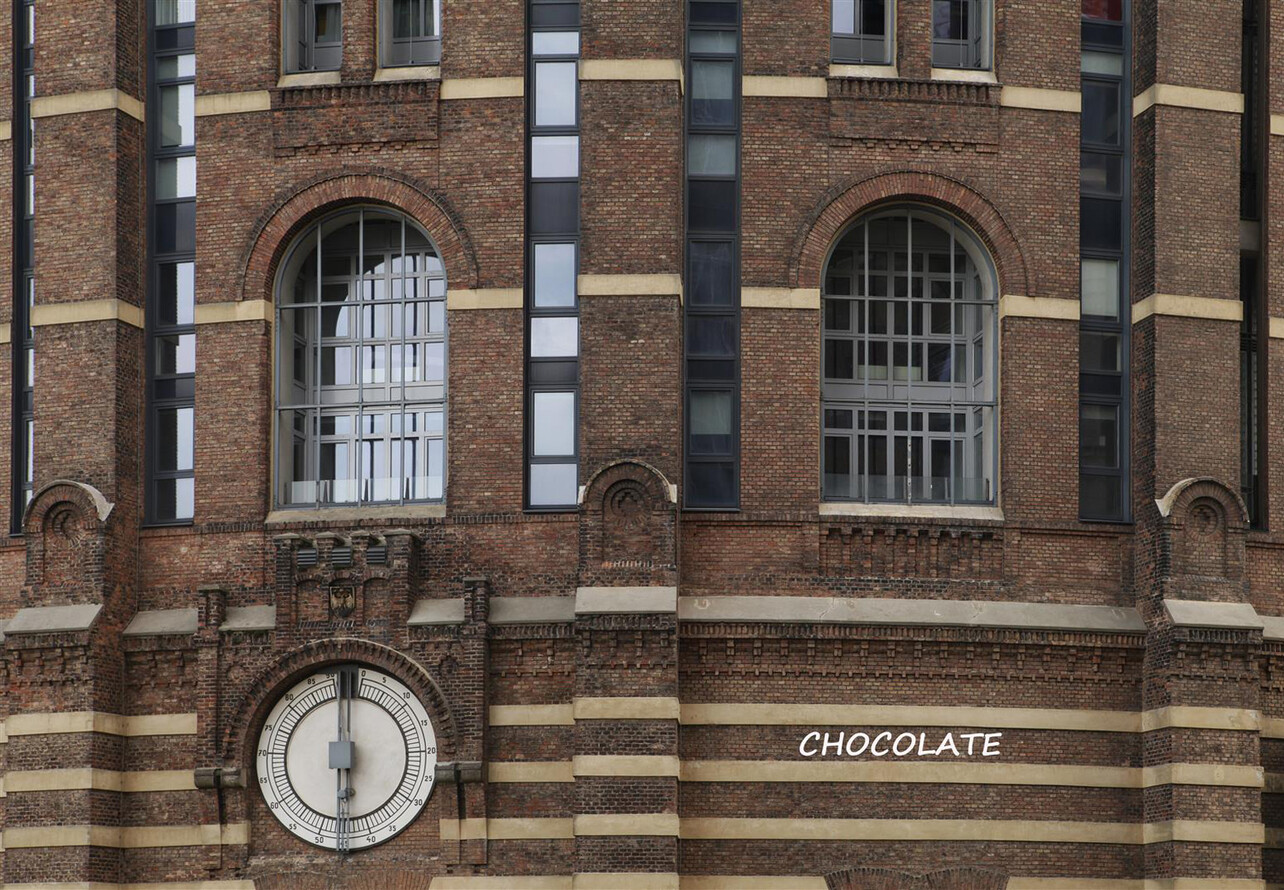
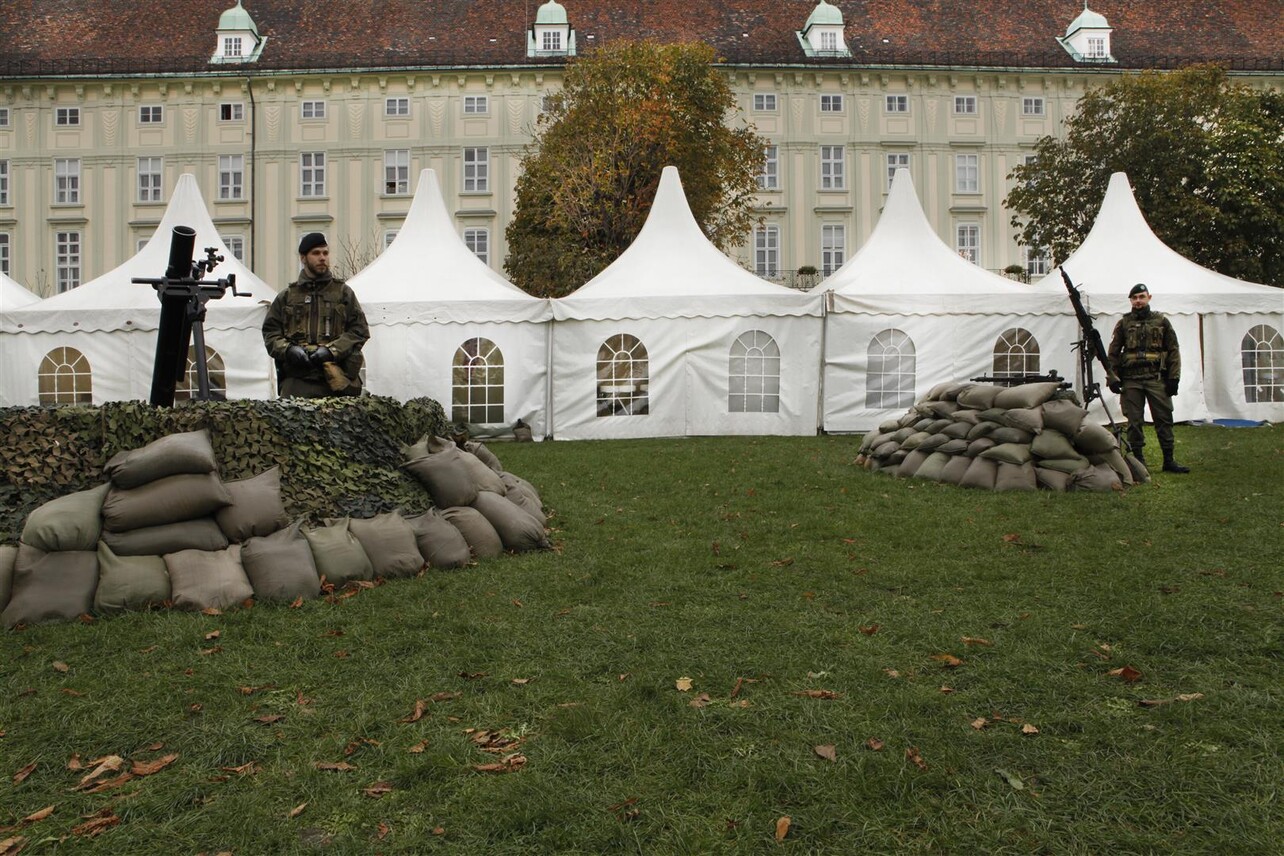
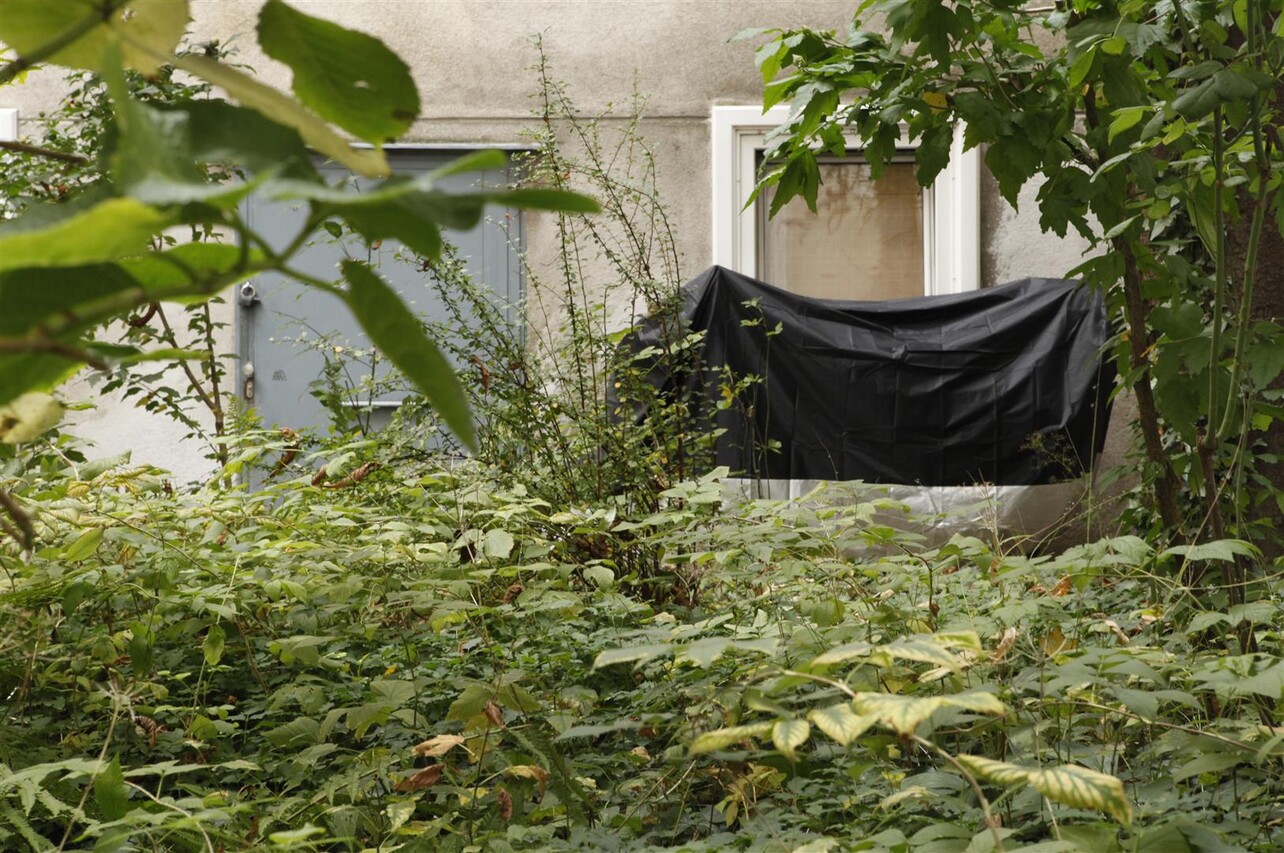
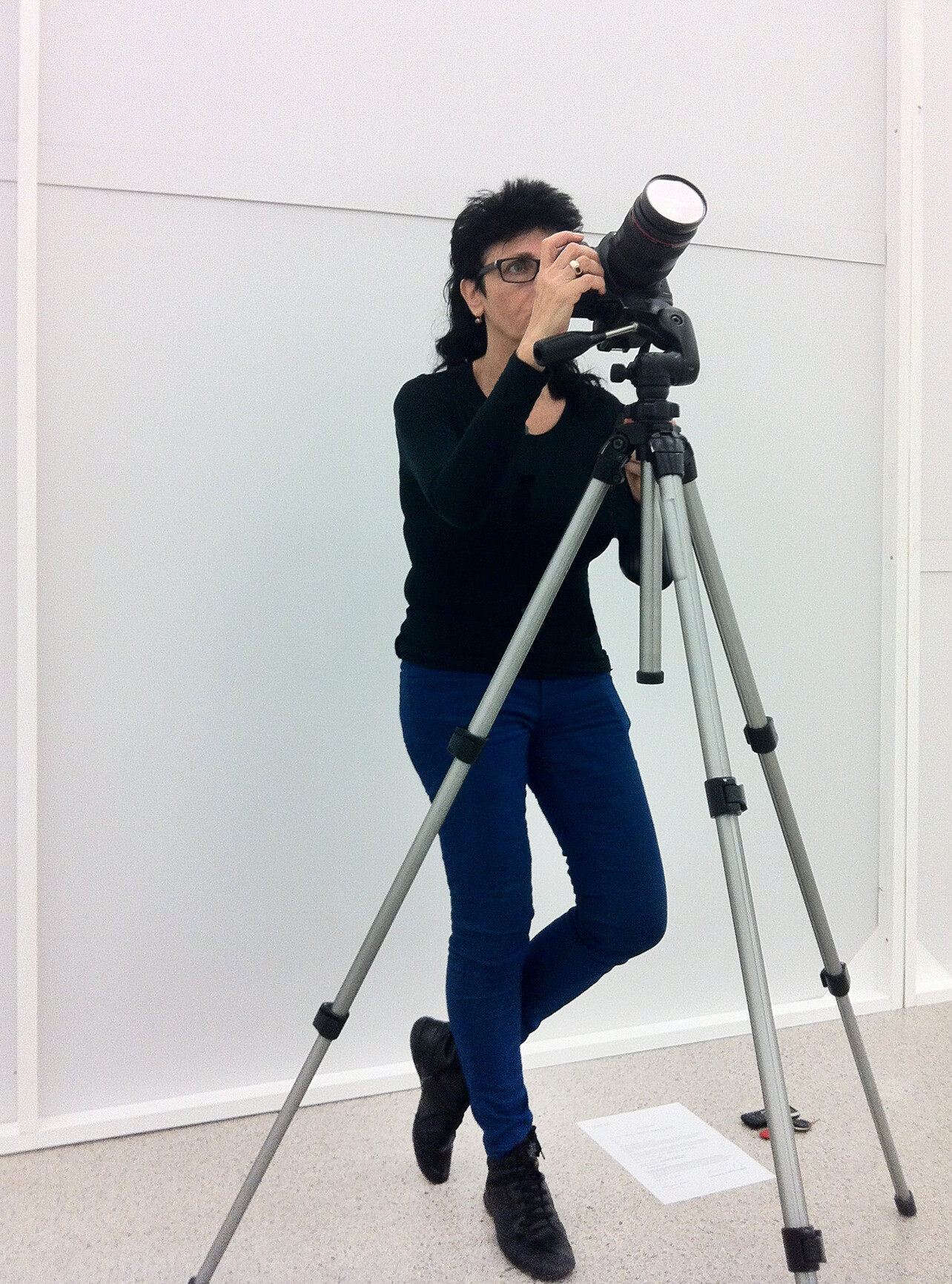
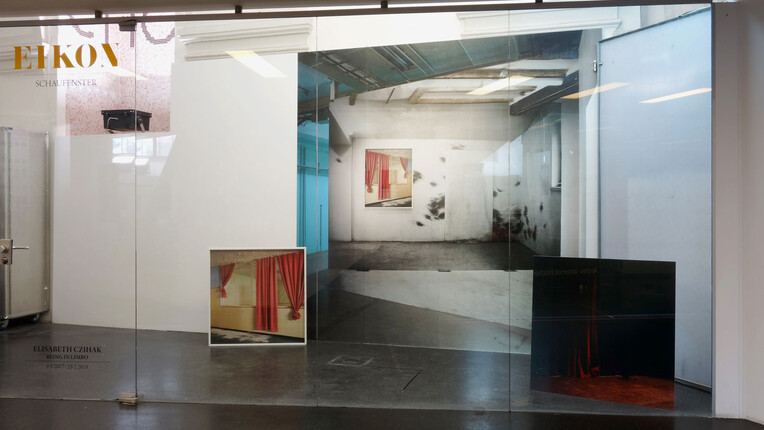
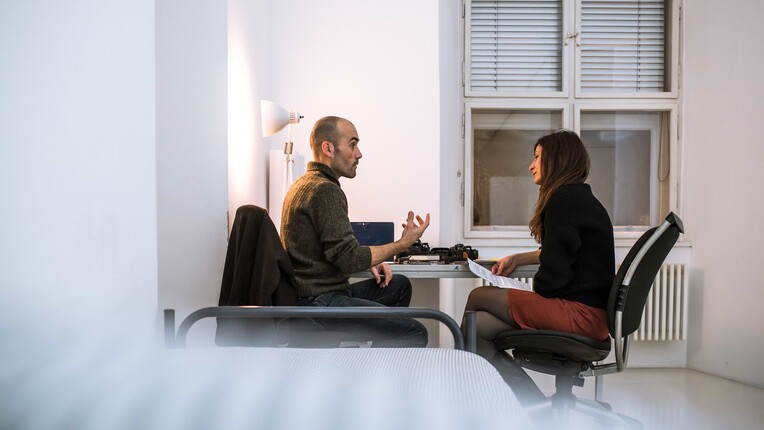


![[Translate to English:] [Translate to English:]](/fileadmin/_processed_/b/d/csm_1.Transit_d20bb9deb2.jpg)